Why Car Makers Can’t Meet EV Targets: What Needs to Change
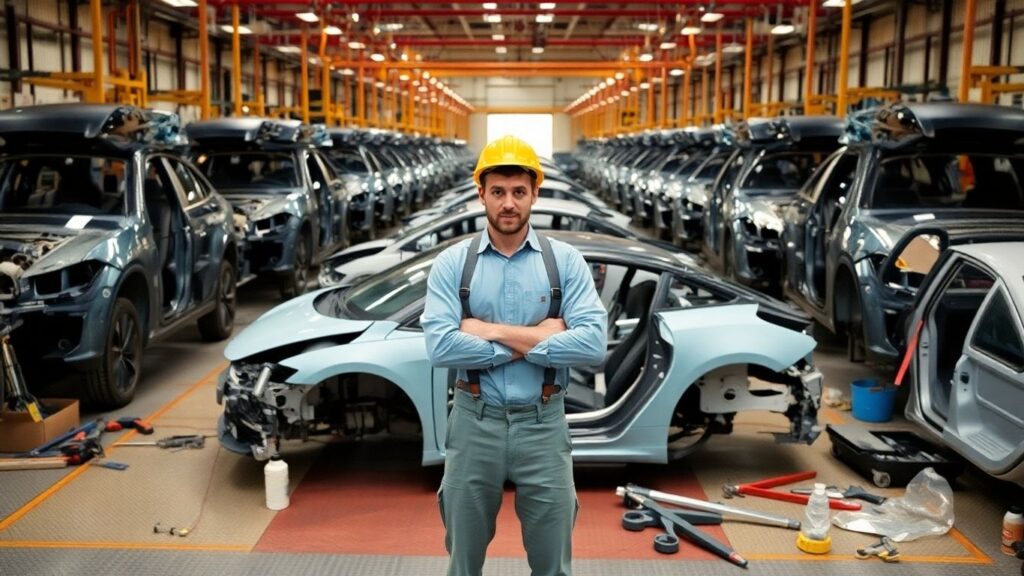
The automotive industry is facing a major crisis. Manufacturers are struggling to meet government mandates for electric vehicle (EV) sales, with many admitting their current strategy is unsustainable. This has led to job losses and a re-evaluation of the rapid shift away from internal combustion engines (ICE).
The Electric Vehicle Uphill Battle
Many car makers, especially the German brands, are in a tough spot. The initial push towards electrification, driven by regulations and the success of companies like Tesla, has not gone as smoothly as planned. The business case for EVs hasn’t materialized as expected, leading to significant challenges.
- Sales Targets Missed: Manufacturers are failing to sell enough EVs to meet government regulations.
- Financial Strain: The cost of developing and producing EVs, coupled with lower-than-expected sales, is putting a strain on company finances.
- Job Losses: Companies are announcing significant job cuts as they grapple with the changing market and regulatory pressures.
Manufacturer Concerns
Leaders in the industry have voiced serious concerns. The CEO of Mercedes-Benz called the current electrification strategy "suicidal" and "terminal" for the business if it continues without adjustments. Ford has also announced job losses at its new German plant, which was built with a billion-pound investment for EV production, due to poor sales of models like the Explorer and the new Capri electric car.
The Reality of EV Adoption
The decisions to go all-in on mass-market EVs were made before recent global events, during a time when "net zero" was a high priority. However, early EVs often fell short on promised range, were expensive, and suffered from high depreciation, making them unattractive to many buyers, especially in the premium segment where German manufacturers primarily operate.
The Chinese Influence
China has emerged as a major player with massive car production capacity. With a domestic market of 28 million cars and a capacity of 50 million, China has a surplus of 22 million cars that need to be sold elsewhere. Chinese manufacturers are increasingly targeting markets like the UK and Europe, though tariffs present a hurdle.
Shifting Consumer Preferences and Market Trends
Consumer behavior is also playing a significant role. In the UK, the average age of cars on the road has increased from 8 years in 2019 to 9.5 years in 2024. People are holding onto their existing cars longer, partly because modern ICE cars are reliable, fuel is available, and petrol prices have fallen. This trend is further impacting new car sales.
Government Mandates vs. Consumer Demand
Governments have set ambitious targets for zero-emission vehicles. The UK aims for 80% of new car sales to be electric by 2030 and 100% by 2035. Europe has a 2035 ban on new internal combustion engine (ICE) cars, though it allows for e-fuels.
- UK Mandate: 28% EV sales target for 2025, rising to 80% by 2030.
- EU Mandate: Ban on new ICE cars from 2035, with potential allowance for e-fuels.
The Case for Sustainable Fuels
Motorsport, including Formula 1, is increasingly adopting sustainable fuels (e-fuels). This raises the question: if e-fuels are acceptable for racing, why not for road cars? Manufacturers are developing ICE technology further, often incorporating hybrid systems, and argue that continuing with ICE beyond 2035, powered by sustainable fuels, is a viable option.
Sustainable fuels can be derived from waste products or through processes like electrolysis using water and CO2. While currently expensive, increased investment could make them more accessible. However, the aviation industry’s strict requirements for identical fuel globally may limit the widespread adoption of certain sustainable fuels in that sector, potentially freeing them up for automotive use.
Exploring Alternative Solutions
While EVs offer benefits like home charging, the public charging infrastructure and convenience remain sticking points for many. Plug-in hybrids (PHEVs) are seen by some as a practical compromise, offering much of the electric driving experience without the range anxiety or charging inconvenience.
China’s approach with a "New Energy Vehicle" (NEV) mandate, which includes battery electric vehicles, PHEVs, range extenders, and fuel cell vehicles, allows engineers and customers to choose the best solution. Range-extender EVs, which use a small engine to generate electricity but never power the wheels directly, are proving popular in China. This technology, previously seen in models like the BMW i3, has been largely overlooked in Europe.
The Charging Cost Conundrum
Charging an EV at home overnight on a low tariff can be significantly cheaper than using public fast chargers. The cost difference can even make charging an EV more expensive per mile than running a petrol car, especially when oil prices are low.
Government Stance and Future Outlook
The UK government, in particular, seems fixed on battery electric vehicles, having invested heavily in battery production facilities. This rigid stance ignores the customer resistance and the potential of alternative technologies.
- Customer Resistance: A segment of car buyers simply refuses to buy EVs, regardless of their benefits.
- Market Realities: Smaller, cheaper EVs sell well as second cars, but they are not where manufacturers make their profits. Premium EVs face significant sales challenges.
The Future of ICE and Hybrids
Many believe that a future with a mix of vehicle types, including advanced ICE and PHEVs, is more realistic than a complete shift to pure EVs. The Chinese NEV model, which embraces a variety of technologies, is seen as a more achievable path to reducing emissions. This approach could allow for 80-90% NEV sales by 2035, with a small percentage of high-end ICE vehicles, possibly running on sustainable fuels, still available.
The current zero-emission mandate is viewed by many as unachievable and potentially damaging to the motor industry. The lobbying efforts by manufacturers, coupled with existing job losses, suggest that governments may need to reconsider their rigid targets and embrace more flexible solutions to ensure the survival of the automotive sector.
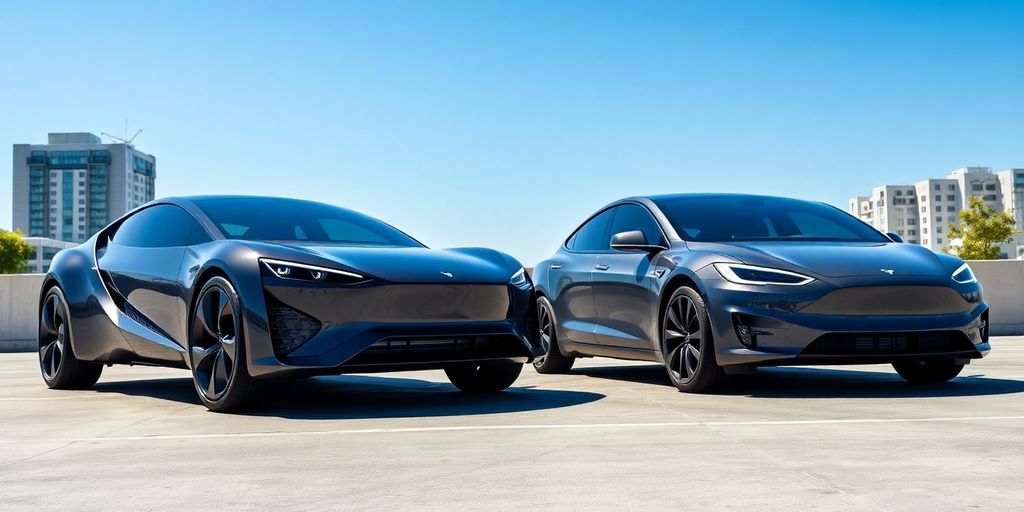
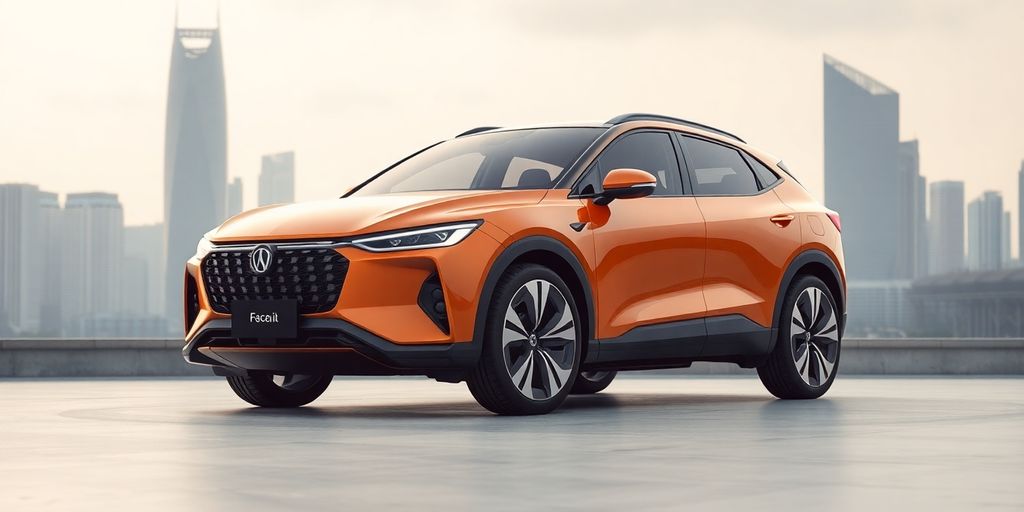

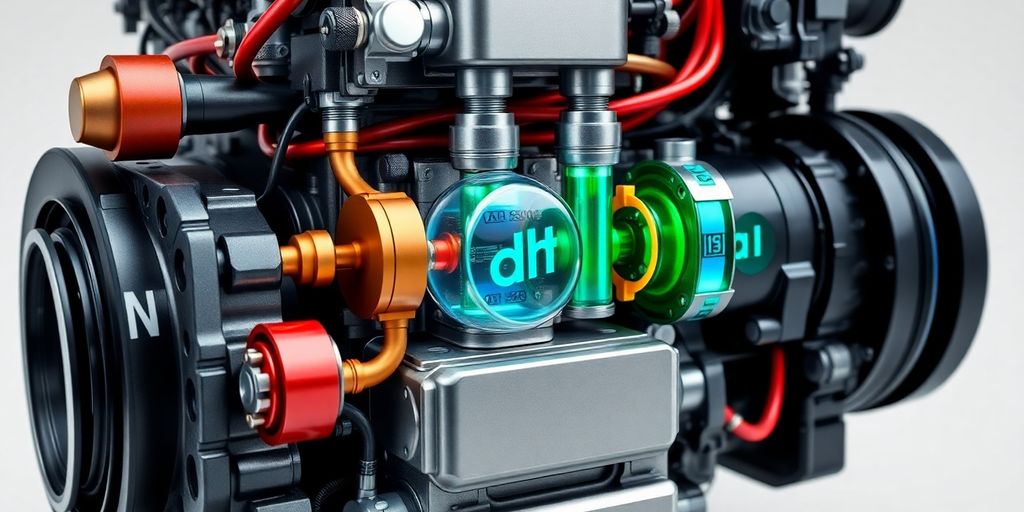
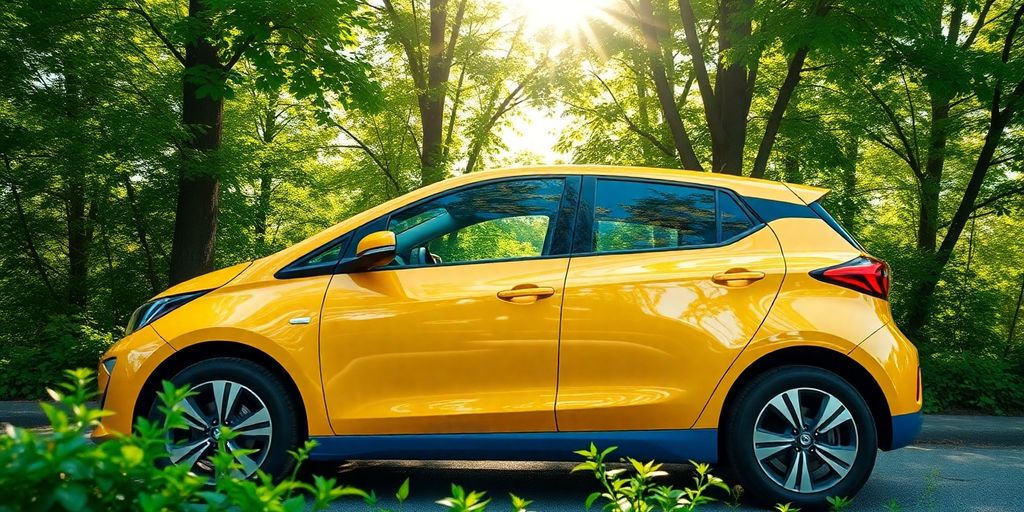
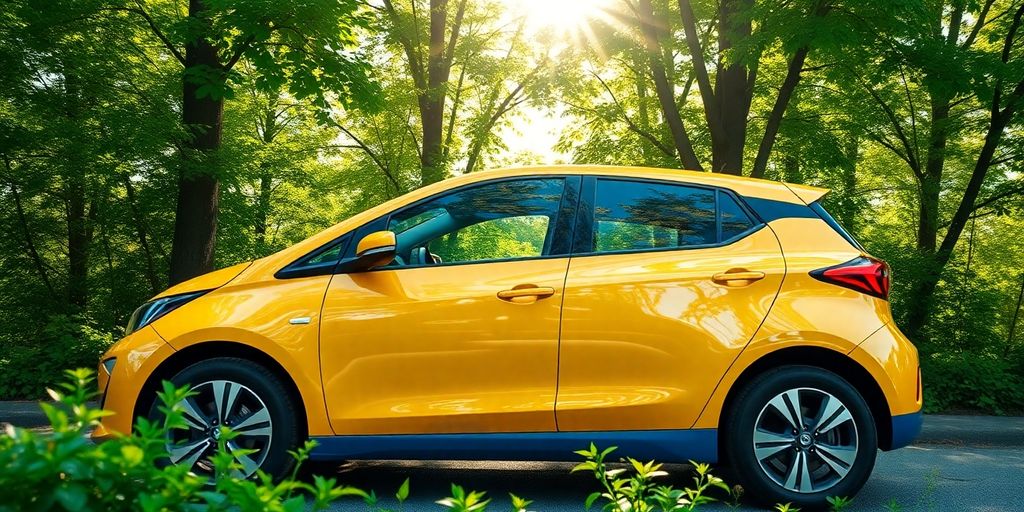
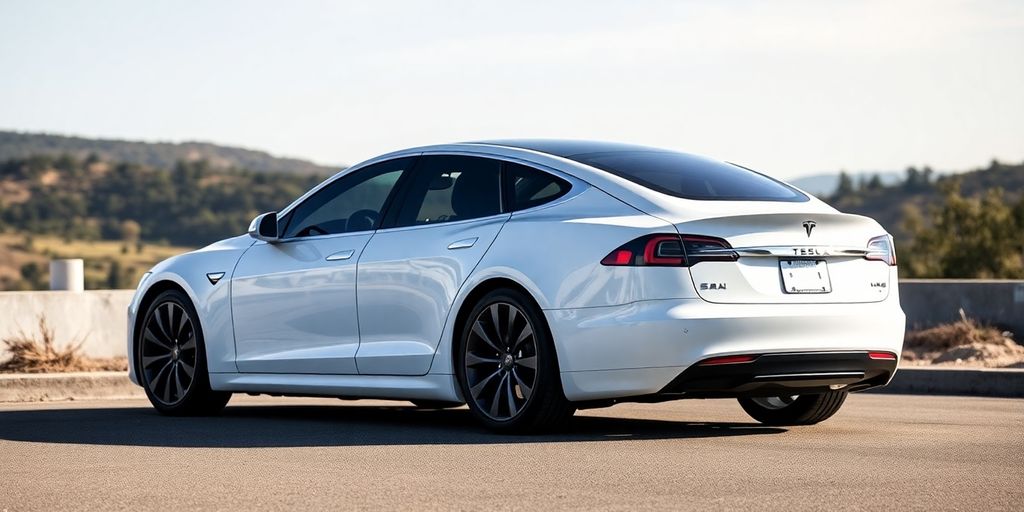

Responses